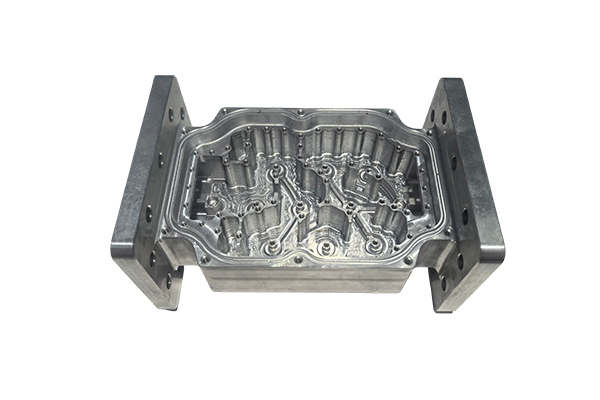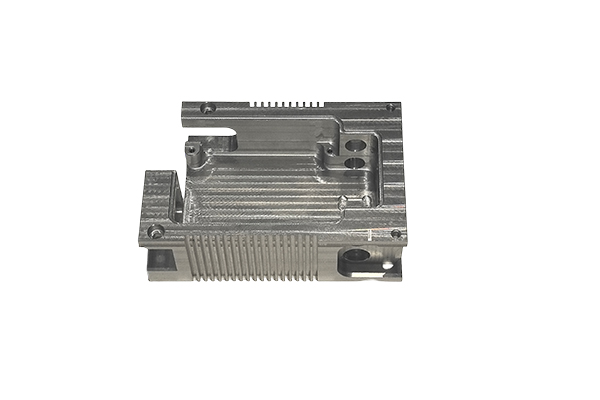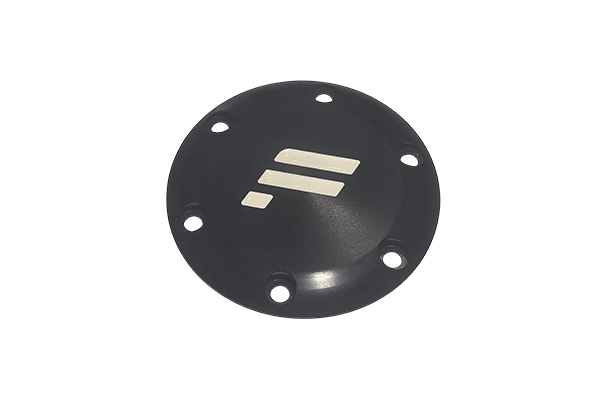How to control the flow rate of plastic melt during copper nut injection nut embedded parts processing?
Release Time : 2025-07-24
In copper nut injection nut embedded parts processing, the control of plastic melt flow rate is a key link to ensure product quality. If the melt flow rate is too fast, it may cause turbulence when filling the mold cavity, and air will be drawn in to form bubbles. If these bubbles are wrapped in the interface between the copper nut and the plastic, the bonding strength between the two will be weakened, and even loosening will occur in subsequent use. If the flow rate is too slow, the plastic may begin to cool and solidify before the cavity is completely filled, resulting in material shortage or incomplete filling, and the copper nut cannot be fully wrapped, affecting the overall structural integrity of the embedded parts. Therefore, it is necessary to accurately control the flow rate according to the size of the copper nut and the complexity of the mold cavity to ensure that the plastic can be filled evenly and no defects will be generated due to abnormal speed.
The control of the plastic melt flow rate needs to be coordinated with the injection molding temperature. Temperature is an important factor affecting the viscosity of the melt. When the temperature rises, the viscosity of the plastic melt decreases and the flow rate will naturally increase; conversely, when the temperature decreases, the viscosity increases and the flow rate slows down. In the copper nut injection nut embedded parts processing, it is necessary to set reasonable barrel temperature and mold temperature according to the characteristics of the plastic used (such as melting point, fluidity level), and indirectly control the flow speed through subtle temperature adjustments. For example, for engineering plastics with poor fluidity, the barrel temperature can be appropriately increased to reduce viscosity, and with a moderate injection rate, the melt can flow smoothly without causing plastic degradation due to excessive temperature, affecting the bonding effect with the copper nut.
The design and layout of the mold gate have a direct impact on the regulation of the flow speed of the plastic melt. The size, number and position of the gate will change the initial speed and flow path of the melt entering the cavity. If the gate is too small, the melt will have a local speed that is too fast due to the throttling effect when passing through, while the speed in the area far away from the gate will decay significantly, resulting in uneven filling; if the gate is too large, although it can reduce the flow resistance, it may cause the melt to flow too slowly in the cavity, affecting the filling efficiency. For the structure of copper nut injection nut embedded parts, a multi-gate symmetrical layout is usually adopted to make the melt flow evenly from multiple directions. By adjusting the opening order and flow rate of each gate, the flow rate of different areas is balanced to ensure that the plastic can reach all parts of the copper nut at the same time and achieve uniform wrapping.
The setting of injection pressure is the core means to control the flow rate of plastic melt. The injection pressure is positively correlated with the flow rate. Within a certain range, increasing the injection pressure can make the melt obtain greater driving force, increase the flow rate, and quickly fill the complex structure of the mold cavity; but too high pressure will cause the melt to flow too fast and impact the copper nut surface, which may cause the nut displacement or excessive internal stress of the plastic. Therefore, in the copper nut injection nut embedded parts processing, the injection pressure needs to be set in stages: a lower pressure is used in the initial stage to allow the melt to enter the cavity smoothly and avoid impacting the copper nut; when the melt is close to filling, the pressure is appropriately reduced to slow down the flow rate and prevent flash due to overfilling. Through this step-by-step pressure regulation, precise control of the flow rate is achieved.
The regulation of the flow rate of the plastic melt has a significant effect on the bonding strength between the copper nut and the plastic. When the flow rate is moderate, the melt can fully wet the tiny bumps on the surface of the copper nut, form a mechanical locking structure after cooling and solidification, and enhance the bonding strength between the two. If the speed is too fast, the melt may form turbulent scouring on the surface of the copper nut, destroying the preset rough surface, or the cooling speed cannot keep up with the flow speed, resulting in loose interface bonding; if the speed is too slow, the melt may start to cool before contacting the copper nut, unable to fully fill the surface gap, and reduce the bonding strength. By regulating the flow rate, the melt forms a uniform and tight wrapping layer on the surface of the copper nut, which is the key to ensuring the mechanical properties of the embedded parts.
The stability of the flow rate is crucial to the dimensional accuracy of the embedded parts. In mass production, if the melt flow rate is fast and slow, it will lead to inconsistent plastic filling, causing fluctuations in the size of the embedded parts, especially the thickness deviation of the copper nut and the plastic joint, which may affect subsequent assembly. The flow sensor installed on the injection molding machine can monitor the melt flow rate in real time and feed it back to the control system. When the speed deviates from the set range, the system will automatically adjust the injection rate or pressure to compensate. This closed-loop control method can ensure that the flow rate of each mold remains stable, thereby ensuring the dimensional consistency of the copper nut injection nut embedded parts and meeting the precision requirements of mass production.
In addition, the regulation of the flow rate of the plastic melt also needs to consider the thermal conductivity of the copper nut. The thermal conductivity of copper is much higher than that of plastic. When the high-temperature melt contacts the copper nut, a condensation layer will be formed near the contact surface due to rapid heat dissipation. If the flow rate is too slow, the condensation layer will gradually thicken, hindering the subsequent combination of the melt and the copper nut; and appropriately speeding up the flow rate can supplement the heat brought by the continuous flow of the melt, delay the formation of the condensation layer, and enable the plastic to more fully fuse with the surface of the copper nut. Therefore, when regulating the flow rate, it is necessary to combine the thermal conductivity of the copper nut and dynamically adjust the speed at different stages to avoid the condensation layer from being too thick to affect the combination and to prevent other defects caused by too fast a speed, so as to achieve the optimal balance of the copper nut injection nut embedded parts processing process.







